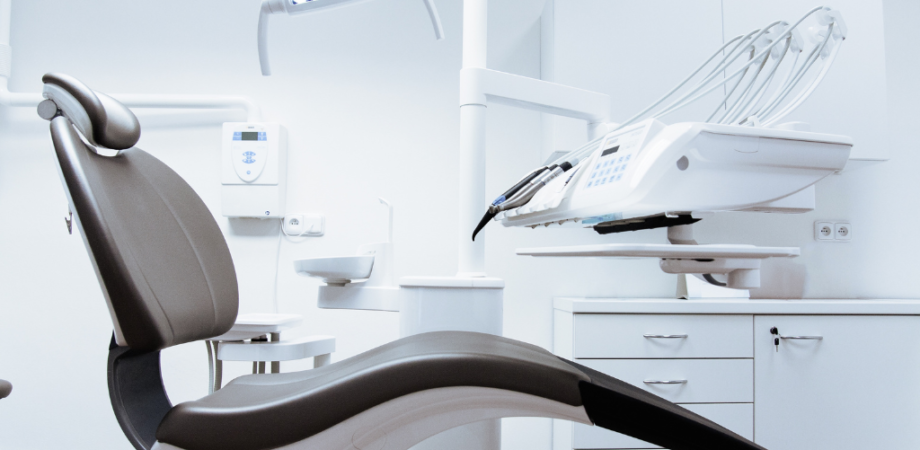You might probably be familiar with the term dental x-ray from your trips to the dentist over the years. Yeah, dental x-rays are no joke! They help dentists identify issues in your mouth, teeth, gums and jaw that are not visible on a clinical dental examination. But, is that all?
In this blog post, we will discuss all you need to know about dental X-rays, including how they work, what they detect, and the major risks associated with them. Keep reading 😉
What are dental x-rays?
Dental x-rays are the images of your teeth, roots, jaw placement and facial bone composition that give dentists an overall idea about your oral health. These images help them identify and find solutions to dental problems early in their development. Well, treating dental problems early in their development is very important as it can help you save money, avoid discomfort and possibly even save your life.
Now you might be wondering how dental x-rays work. During a dental X-ray procedure, a small amount of electromagnetic radiation is used to create an image of your teeth, roots, gums, jaw, or other associated areas in your mouth.
What type of problems do dental x-rays detect?
Dental x-rays can help identify the following problems
Presence and severity of dental decay, including decay between teeth and decay beneath existing fillings
Problems below the gum line
Impacted teeth
Identify impacted wisdom teeth
Bone loss
Changes in the bone
Condition and position of teeth for dental procedures such as tooth implants, braces, dentures, etc.
Abscesses or cysts
Some types of tumours
What are the different types of dental x-rays?
There are two types of dental X-rays: intraoral and extraoral.
Intraoral x-rays
Intraoral X-rays let your dentist find cavities as well as check the health of the tooth root and bone surrounding the tooth. These types of x-rays also help in checking the status of developing teeth and monitor the general health of your teeth and jawbone. They are the most common type of dental x-rays out there.
Types of intraoral x-rays
Bitewing x-rays
Periapical x-rays
Occlusal x-rays
Extraoral x-rays
Extraoral x-rays do not provide details regarding cavities or identify problems related to individual teeth. Instead, their main focus lies in the jaws and skull.
The extraoral x-ray images show that impacted teeth can be identified and monitored for growth and development. In addition, extraoral x-rays can help to identify issues between teeth and jaws and the temporomandibular joint or other bones of the face. They are also used to monitor the growth and development of the jaws in relation to the teeth.
Types of extraoral x-rays
Panoramic X-rays
Tomograms
Cephalometric projections
Sialogram
Dental computed tomography (CT)
Cone beam CT
How often should your teeth be x-rayed?
X-rays may need to be taken in people at high risk for dental problems. The main factors that affect how often you get dental X-rays may include your age, current oral health, any symptoms of oral disease, or any history of gum disease or tooth decay.
If you’re a new patient, you will probably have to take dental x-rays on your very first visit so that your dentist can determine the present condition of your dental health.
X-rays must be taken more often in patients at high risk for dental issues. This includes:
Growing children need to take dental x-rays more often because their teeth are more likely to be affected by cavities than adults. Dental x-rays also help dentists get a clear picture of their growing teeth and jaws. This is especially important because it can help the dentist identify if baby teeth need to be removed to prevent complications, such as adult teeth growing behind baby teeth.
Adults with dental fillings – To check for cavities in between the fillings or in new locations
People with gum disease – To check for bone loss
Are dental x-rays safe?
Well, they are 100% safe if you use radiation protection equipment and radiation protection garments.
The radiation emitted from X-rays is very small. All thanks to the many advances in dentistry, such as X-ray machines that limit the radiation beam to a small area; high-speed X-rays; the use of lead-lined, full-body aprons; and federal laws that require accuracy and safety checks for X-ray machines. These technologies and inventions limit the radiation patients receive during x-ray procedures.
Are you in search of the best dental radiology products? We’ve got you covered! We are the leading digital dental and medical equipment suppliers in Kerala and offer a wide range of products from top brands like Carestream, IndiRay, Epsilon, etc.
If you have any queries regarding what is said in this blog post or need any kind of help with dental radiology equipment, do not hesitate to reach out to us.

